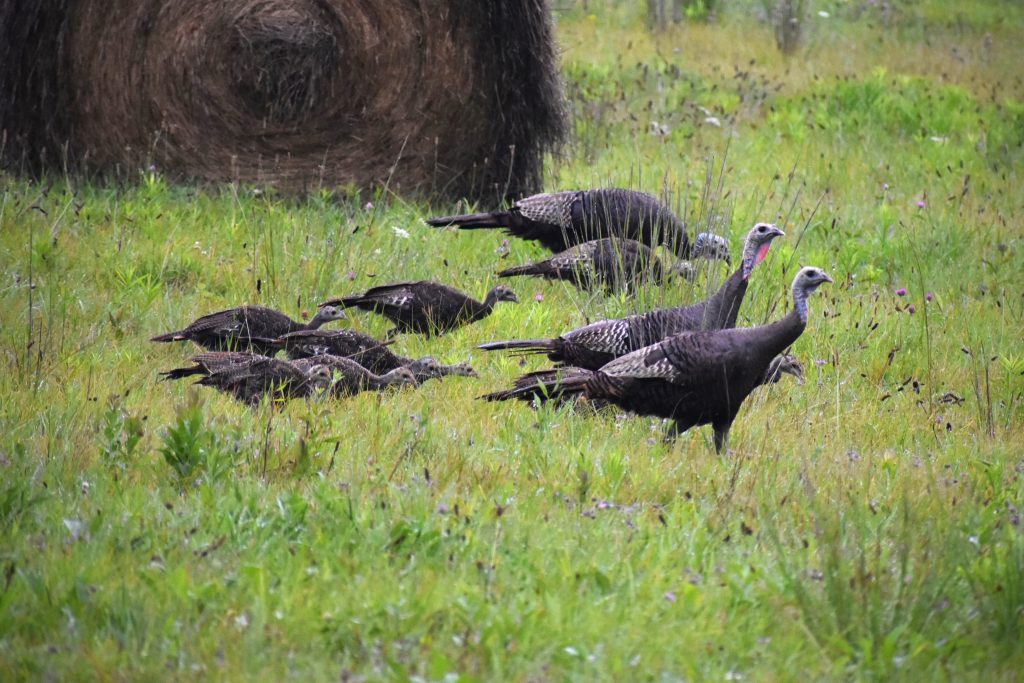Help Shape Wild Turkey Management this Summer
Although spring turkey season is now behind us, the vital work to manage the bird continues, and you can be a part of it. Right now, you can make a direct impact simply by doing what you love — spending time outside.
Across the U.S., state wildlife agencies are calling on conservationists and outdoor recreationists to take part in their annual summer brood surveys. These citizen-science efforts play a crucial role in helping wild turkey managers develop long-term management goals and structure annual regulations.
What Are Brood Surveys, and Why Do They Matter?
Summer brood surveys, conducted in July and August, allow wildlife agencies to estimate productivity by counting the number of poults observed with each hen. By submitting sightings of hens and poults, casual observers help track turkey productivity, guiding management decisions and shaping future season regulations. Whether you are out on a hike or participating in your daily activities, you can aid in the management of wild turkeys in your home state, helping to conserve this natural resource for future generations.
Once submitted, data is organized by biologists. Biologists track trends over time to adopt conservation strategies, whether that means adjusting harvest limits or targeting habitat enhancement efforts. For example, a 2.0 poult-per-hen ratio reflects a sustainable population, while 3.0 or more poults per hen indicates a growing population. Fewer poults per hen than 2.0 signals a declining population and the need for strategic conservation action.

For nearly four decades, many agencies have relied on brood surveys. Now other states, such as Idaho, are seeing the value of this citizen-science-based tool. In 2024, Idaho Fish & Game launched their Turkey Tracker program, which recorded over 1,400 sightings. This effort allows residents to report their wild turkey sightings via the IDFG online survey or through the mobile app.
How You Can Help
- Visit your state wildlife agency’s website to find brood survey details.
- Head outdoors! Be on the lookout for wild turkeys in July–August.
- Count carefully, noting the number of adult hens and poults.
- Submit your sightings online or through the designated app. Include the date, location and your turkey count.
"Getting involved in citizen science through our turkey brood surveys is a great way to give back and a fun excuse to get outside with the family,” said Chuck Carpenter, NWTF district biologist for Idaho, Utah, Arizona and New Mexico. “Brood survey data will help agencies make better turkey management decisions and track population trends, and it also gives you a feel for your local birds and what next spring’s hunt might look like. It’s a win for conservation, and a great reason to get out and start scouting early."
Whether you're contributing one sighting or many, your data help biologists build a robust picture of turkey production and survival. From the rolling hills of the East to the rugged landscapes of the West, summer brood surveys provide the raw data managers need to keep turkey populations strong — now and for the future.
These are easy, impactful ways to stay engaged. Take a moment this summer to log your turkey sightings and be part of something bigger. Visit your state wildlife agency’s website now and start tracking — your input today will help shape the future!
